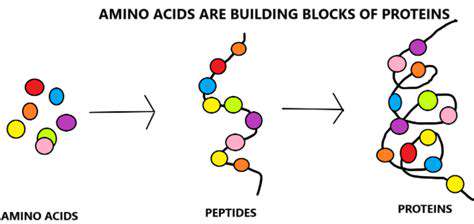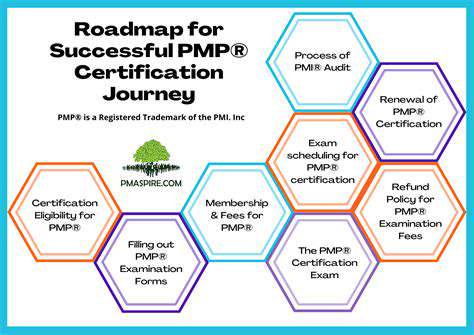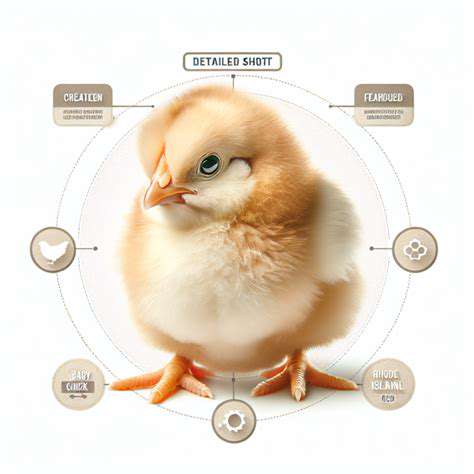Diet and Pet Allergies: A Deep Dive
Food allergies pose serious health risks for pets, with symptoms ranging from mild discomfort to life-threatening reactions. Early detection and proper management can prevent severe complications and improve quality of life. Pet owners should learn to recognize potential allergens in their animal's diet to maintain optimal health.
Common Allergens and Their Symptoms
Pets often react to proteins found in beef, dairy, chicken, wheat, soy, and eggs. Visible signs include excessive scratching, ear infections, gastrointestinal upset, and chronic skin inflammation. Some animals may develop respiratory symptoms or behavioral changes when exposed to problematic ingredients.
Recognizing these warning signs quickly allows for timely intervention and prevents prolonged discomfort. Each pet may exhibit unique combinations of symptoms, making careful observation essential.
The Importance of Accurate Diagnosis
Veterinary professionals use multiple methods to pinpoint food allergies, including elimination diets and specialized testing. Self-diagnosis often leads to ineffective treatment plans and prolonged suffering. Professional evaluation ensures proper identification of triggers and development of appropriate dietary modifications.
Dietary Elimination and Avoidance Strategies
Implementing an elimination diet remains the gold standard for identifying food sensitivities. This process requires strict adherence to prescribed feeding protocols for 8-12 weeks. Maintaining detailed food records helps track reactions and identify problematic ingredients. Owners must prevent accidental exposure to potential allergens during this critical period.
The Role of Food Labeling
Interpreting pet food labels becomes crucial when managing allergies. Manufacturers must disclose major allergens, but ingredients may appear under alternative names. Learning to decode these labels prevents accidental exposure to trigger ingredients. When in doubt, contacting the manufacturer for clarification ensures safety.
Testing and Diagnostic Methods
Veterinarians may recommend blood tests, skin prick tests, or intradermal testing alongside elimination diets. These complementary approaches help confirm suspected allergies but shouldn't replace careful dietary trials. Each method has specific advantages depending on the pet's condition and medical history.
Living with Food Allergies: Practical Tips
Managing allergic pets requires creating safe feeding routines and emergency protocols. Maintaining an allergen-free environment involves careful food storage, dedicated feeding areas, and cleaning procedures. Always keep veterinary contact information accessible and educate all family members about the pet's dietary restrictions.
Navigating Commercial Pet Foods and Homemade Diets
Understanding Commercial Pet Food
Commercial pet food manufacturers offer specialized formulas for sensitive animals, including limited-ingredient and hydrolyzed protein options. These scientifically developed diets undergo rigorous testing to ensure nutritional adequacy while minimizing allergen exposure. Understanding the differences between therapeutic and maintenance diets helps owners make appropriate selections.
The Association of American Feed Control Officials (AAFCO) establishes nutritional standards for complete and balanced pet foods. Looking for the AAFCO statement on packaging guarantees the food meets minimum requirements. However, individual pets may require adjustments based on their specific sensitivities and health status.
Deciphering Ingredient Lists
Pet food labels list ingredients by pre-cooked weight, which can be misleading for meat-containing products. High-moisture ingredients like fresh chicken appear higher on the list than they contribute to the final product's protein content. Understanding this distinction helps evaluate the actual nutritional value of different formulations.
Watch for vague terms like meat meal or animal digest which may contain unspecified protein sources. Seek products with clearly identified single-protein sources when managing allergies. Quality manufacturers provide transparent sourcing information and detailed nutritional analyses.
Evaluating Nutritional Profiles
Macronutrient balance varies significantly between pet food categories. Active dogs may benefit from higher protein and fat percentages, while senior pets often require adjusted formulations. The guaranteed analysis provides minimum and maximum values for key nutrients, but doesn't reflect exact amounts.
Essential fatty acids like omega-3s support skin health in allergic pets, while prebiotics and probiotics may improve digestive function. Discuss specific nutritional targets with your veterinarian based on diagnostic results and clinical signs.
Homemade Diets: A Detailed Look
Cooking for allergic pets allows complete control over ingredients but requires nutritional expertise. Veterinary nutritionists can formulate balanced recipes that avoid allergens while meeting all dietary requirements. Improperly formulated homemade diets often lead to severe nutrient deficiencies over time.
Home-prepared meals must include appropriate calcium sources, essential fatty acids, and micronutrients often overlooked by well-meaning owners. Regular bloodwork helps monitor nutritional status when feeding non-commercial diets.
Potential Allergic Reactions
Acute allergic responses may involve facial swelling, hives, or difficulty breathing, requiring immediate veterinary attention. Chronic exposure to allergens typically manifests as persistent ear infections, paw licking, or recurrent skin infections. Documenting reaction patterns helps identify problematic ingredients more efficiently.
The Role of Veterinarians
Board-certified veterinary nutritionists possess specialized training in dietary management of complex cases. They can interpret diagnostic tests, recommend appropriate commercial foods, or formulate custom diets when necessary. Regular progress evaluations ensure the dietary approach remains effective as the pet's needs change.
Safety Considerations
Transitioning between diets should occur gradually over 7-10 days to prevent gastrointestinal upset. Store all pet foods properly to maintain freshness and prevent contamination. Always check expiration dates and recall notices, especially when managing food-sensitive animals.
Long-Term Management and Dietary Strategies
Long-Term Management Strategies for Pet Allergies
Comprehensive allergy management combines environmental control with dietary modifications to minimize symptoms. Creating an allergen-minimized living space reduces overall immune system stimulation, making dietary triggers easier to identify. Consistent routines and preventive measures significantly improve quality of life for allergic pets.
Implementing bathing protocols with veterinary-recommended shampoos removes environmental allergens from the coat. Using HEPA filters and frequent vacuuming with allergen-proof bedding creates a cleaner living environment. These measures complement dietary changes for optimal results.
Dietary Considerations for Food Allergies
Novel protein diets introduce unconventional meat sources like kangaroo, alligator, or insects to avoid immunological memory responses. Hydrolyzed protein diets break down molecules too small to trigger allergic reactions while maintaining nutritional value. The selection between these options depends on the pet's specific sensitivities and palatability preferences.
Strict adherence to prescribed diets prevents accidental exposures that could reset the diagnostic process. All family members and pet caregivers must understand the importance of following feeding protocols without exceptions.
Novel Protein Diets: A Deeper Look
When selecting novel proteins, consider the pet's entire dietary history rather than just recent meals. Some proteins marketed as novel may have appeared in previous foods under different names. Veterinary nutritionists can help trace potential hidden exposures through detailed dietary histories.
Rotating between multiple novel proteins may prevent development of new sensitivities, though this approach remains controversial. Some specialists recommend sticking with one proven safe protein source long-term.
Importance of a Balanced Diet
Allergy management diets must maintain complete nutrition despite ingredient restrictions. Therapeutic foods undergo rigorous testing to ensure they meet all requirements for long-term feeding. Nutritional adequacy becomes especially critical for growing animals, pregnant pets, or those with concurrent health conditions.
Regular body condition scoring helps monitor whether the current diet meets energy needs. Adjust portion sizes based on activity level and metabolic rate rather than following package recommendations blindly.
Introducing New Foods Gradually
The transition process allows gastrointestinal microbiota to adapt to new nutrient sources. Start with 25% new food mixed with 75% current diet, gradually increasing the proportion over 7-10 days. Slower transitions may benefit pets with particularly sensitive digestive systems.
Monitor stool quality and appetite closely during transitions. Temporary digestive upset may occur but should resolve within a few days. Persistent issues may indicate intolerance to the new food rather than simple adjustment difficulties.
Role of Environmental Control
Reducing airborne allergens complements dietary management for pets with multiple sensitivities. Wiping paws after outdoor excursions removes pollen and mold spores. Air purifiers and humidity control minimize dust mite populations in living spaces.
Non-food allergens can exacerbate symptoms even with perfect dietary control. Comprehensive allergy testing helps identify environmental triggers that may require separate management strategies.
Supplement Considerations
Omega-3 fatty acid supplements show particular promise for managing inflammatory skin conditions. Probiotic strains specifically selected for allergic pets may help modulate immune responses. Always consult your veterinarian before adding supplements, as some may interact with medications or affect test results.
Antihistamines or other medications may provide temporary relief during flare-ups but don't replace proper dietary management. Your veterinarian can recommend appropriate pharmaceutical support when needed.











